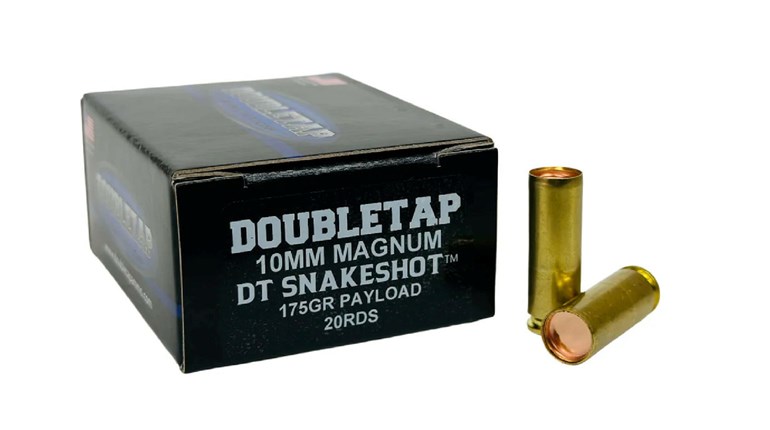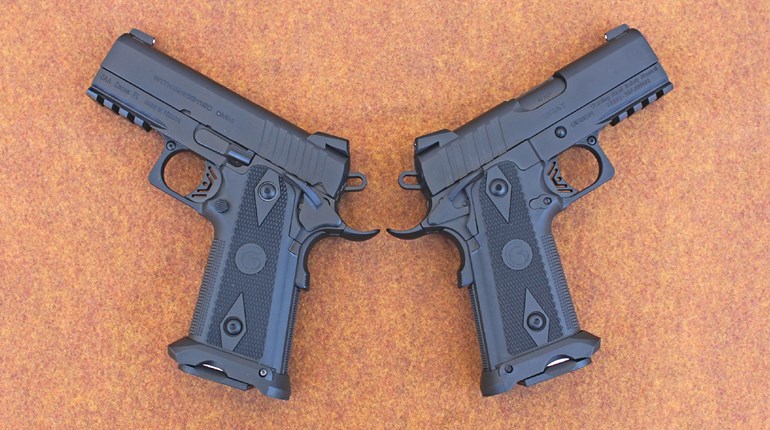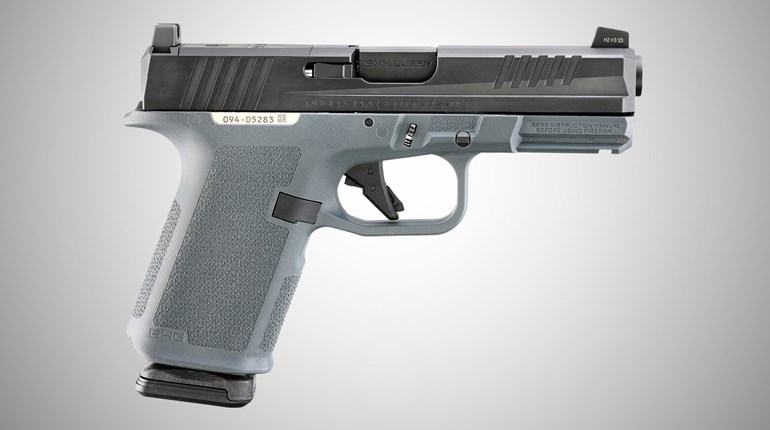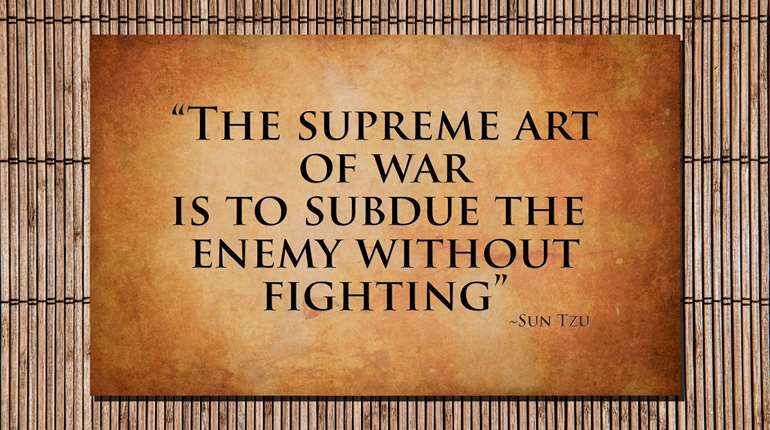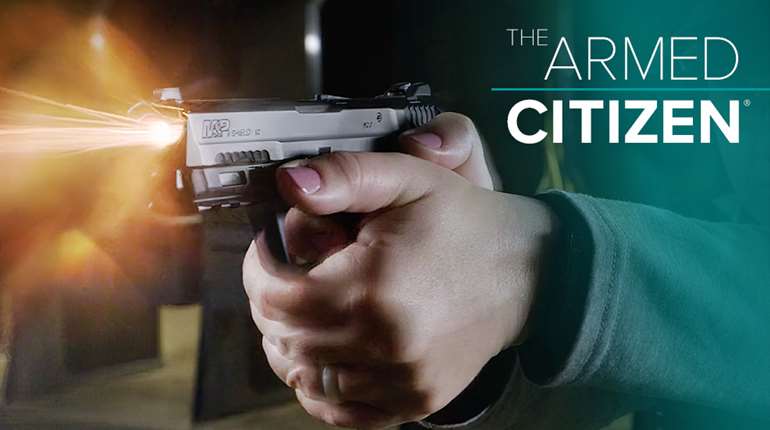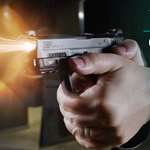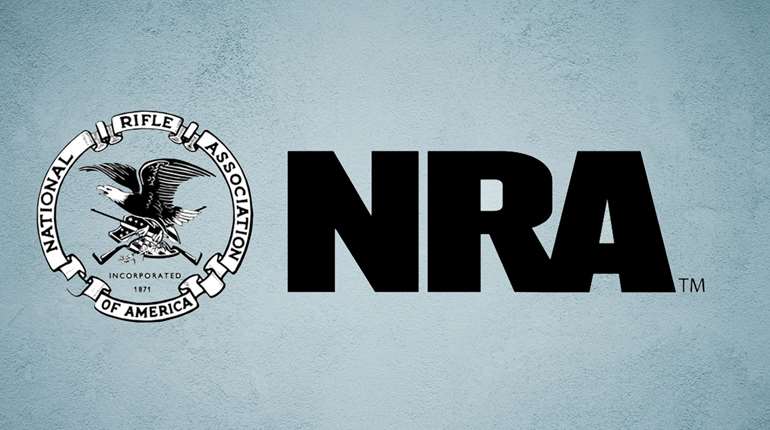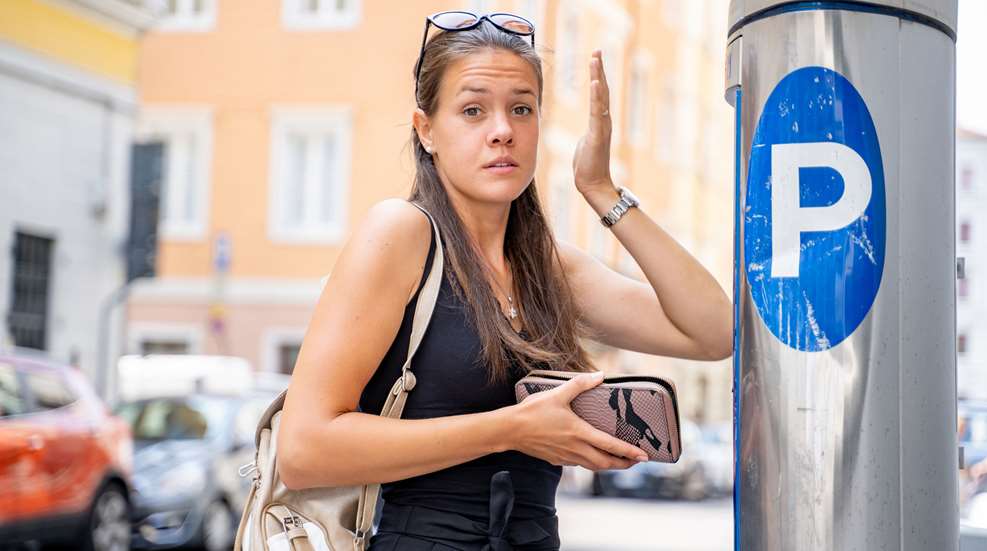
Carrying a concealed firearm is a potent means of preparation for one of life's major emergencies, namely, a threat to your life or to that of someone you love. However, a pistol or a revolver is a specialized hand tool that only comes into play under a specific set of circumstances.
The rest of the time we’re faced with inconveniences that range from minor to potentially serious. In these cases, having a few extra items on hand can make getting out of a pinch much less painful. Here are six everyday emergency preparedness items for your handbag that my wife and I recommend.
Flashlights
Today's LED flashlights are portable, powerful and useful in all kinds of situations. Micro key fob lights, which are about the size of a quarter, are handy at night for looking for loose items in the bottom of a handbag or finding keyholes in darkened doorways. A mini tactical light is a practical option for a variety of low light situations including dropped keys and automotive breakdowns. When walking into a poorly lit parking lot, lighting the way with a bright light in hand makes you a tougher target for predators. They know you're paying attention to your surroundings, making you a less attractive target, and you can see them coming. 
If someone is acting like they may be threat, shining the light on them or in their eyes can give you precious moments to move to safety or draw your gun. If flashing the light on a stranger in the dark shows that they are not a threat, then your gun can stay holstered and it's a no-harm-no-foul situation that allows everyone to go on about their business.
Pocket Knife or Micro Tool 
It's hard to overstate the usefulness of an edged tool for daily tasks ranging from nipping off loose threads to opening boxes. A little Swiss Army knife or a folding multi-tool is even better. They can be outfitted with tweezers, sewing scissors, and small screw drivers for tightening up eye glasses. You can save a good deal of time spent hunting around for the tools to handle little jobs around the house or away from home. The uses for a sharp knife blade in an emergency situation are too numerous to list, but a few include cutting someone out of seatbelt, cutting cloth into bandages or whittling wood shavings to start a campfire.
A Handy Bandana
The possible uses for these humble paisley-printed 1-oz. squares of fabric seem to be limited only by people's imaginations and the laws of physics! Around camp they can serve as dust masks, hot pads, knee pads, hand towels and temporary tie downs. They can be used as a handkerchief, a napkin, an oil rag or be used to wipe up a spilled drink. In emergencies they can be put to work as a bandage, an ice pack, used to secure an arm or leg splint or they can be shredded for fire starter material. 
Bandanas have also been employed as hair covers, neck covers, impromptu double-layer Covid-compliance masks and, in some regions of the country, as fashion accessories. Bandanas are easy to find and available in a rainbow of colors. And if your bandana gets stained, torn or destroyed in a good cause it will only cost about a dollar to replace it.
Emergency Medical Contact Card
Our reliance on smart devices to store our emergency contact information can put us at a disadvantage if the battery dies, the device is dropped or if it’s lost or stolen. The information on a security code protected device is just as inaccessible if we're unconscious or unable to operate the controls.
In the good old days of analog communication, folks carried a card or slip of paper in their wallet with emergency medical information and contact numbers printed on it. This is still a good practice today in cases of digital disconnect. Include any allergies or medical needs on one side and the phone numbers for family or friends on the other that should be contacted if you're hospitalized or hurt. If you have a medication you literally can't live without, it makes sense to purchase a small key fob container or box that can be used to keep a 24- or 48-hour dosage on hand.
Pepper Spray
Within the self-defense community you'll often come across the “Handgun vs. Pepper Spray” debates about which one is "best." It's often a divisive conversation because in truth it's an apples to oranges comparison of two distinctly different defensive tools. The more practical approach to the question is to have both.
It's not always possible or practical to carry a firearm. Every state in America has restrictions against carrying guns in some locations, including schools, court buildings or airports, to name a few. Pepper spray can also serve as a back-up to your handgun if it breaks down or you run out of ammunition. If you have your firearm, the spray can be handed off to another responsible individual if needed.
Having a can of pepper spray on hand also provides a non-lethal alternative to using deadly force. Spraying someone is a serious matter and should only be done if you believe you’re in danger. But in some situations, spraying a person or animal may be the better alternative. Having more tools on hand means greater flexibility in tough situations.
There is a diverse selection of pepper spray options to choose from these days. It's important to read up on the subject and make sure to pick a product that's right for you. A great place to start is Mission First Tactical's top quality line-up of Rapid Strike products. While other companies will overwhelm you with somewhat irrelevant data, the Rapid Strike sprays are very plainly and clearly labeled. You'll know in 30-seconds if it’s a focused gel stream or a dispersing 'fog' spray, the recommended maximum distance and how many times the spray can be fired before it needs to be replaced. Prices range from around $13 to $22 dollars.
Cash Stash
My wife and I can't remember where or when we picked up the tip of carrying an emergency stash of cash in our wallets. Nevertheless, it's a practice that's served us well for quite some time. Most often, when the stash gets broken out of hiding, it’s to cover the cost of a trip to a cash-only store when it's slipped our minds that this particular vendor doesn't take credit cards.
But there have been other times, especially when traveling, that we would have been in a tight spot without that money we had tucked away. Broken card readers at gas pumps, malfunctioning registers at restaurants, old school motels and small town tow truck services are all pretty unforgiving of customers who don't have cash on hand. And who knows, you may find yourself wanting to give a terrific server an extra large tip to make their day.
How much extra to carry will depend on your needs and circumstances. A $20 bill doesn't go as far as it used to. Having an extra $50 is a good way to go, but a crisp $100 can do wonders in a pinch. Don't be afraid to use it when you need it but make sure to replace it as soon as possible.












